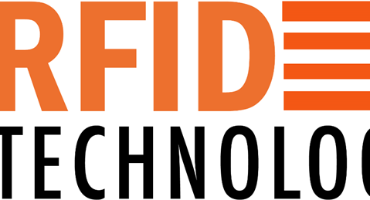RFID Adoption for Valuable Asset Tracking - Asset tracking is an essential process for any business managing high-value, mission-critical, or regulated assets — whether that’s IT equipment, medical devices, manufacturing tools, vehicles, or rental inventory. RFID technology enhances asset tracking by delivering:
Real-time visibility of asset location and movement.
Automated data capture without manual scanning.
Loss and theft prevention via movement alerts.
Maintenance and lifecycle tracking for compliance and efficiency.
Key Hardware Considerations for RFID Asset Tracking
Unlike pure inventory tracking in supply chain environments, asset tracking often requires more tailored hardware choices due to asset diversity, mobility, and security requirements.
Real-time asset tracking and what hardware considerations are required for a robust installation. Asset tracking is a crucial process for businesses to monitor the location, status, and usage of valuable assets, helping to prevent loss, optimise resource allocation, and improve overall operational efficiency for greater profits.
RFID UHF Tags and Labels:
Form Factor & Durability
Rugged, tamper-evident tags for outdoor or industrial assets.
Small, discreet tags for IT devices or sensitive equipment.
Attachment Methods
Adhesive, riveted, bolted, embedded, or cable-tied depending on asset type.
Memory Capacity
For storing asset IDs plus maintenance or calibration history directly on the tag.
RFID UHF Tag Types:
Passive UHF Label Tags: Cost-effective, suitable for most indoor fixed-location tracking.
Specialised UHF RFID Label Tags: Designed for metal surfaces, high temperatures, chemicals, or wash cycles.
RFID UHF Readers
Fixed-mount UHF RFID Readers
Installed at building entry/exit points, key rooms, or high-value storage areas.
Create “choke points” to automatically log asset movement.
Mobile Handheld UHF RFID Readers
Enable quick audits and locating lost items.
Useful for environments where assets are scattered or mobile.
Mobile / Vehicle-Mounted Readers
For large campuses, outdoor yards, or airport hangars.
RFID UHF Antennas
High-Gain Directional RFID Antennas - Focus reads at specific doorways or corridors to detect movement precisely.
Omni-Directional RFID Antennas - Cover wide areas like equipment rooms or warehouses.
Specialised RFID Antennas - Near-field antennas for reading small items up close without interference.
Edge Devices & Gateways:
RFID portals for high-traffic entry points (integrating reader + antennas + sensors).
Edge controllers to filter and process data before sending to asset management systems.
Networking & Power:
PoE (Power over Ethernet) for easy reader installation.
Stable Wi-Fi or wired Ethernet for real-time updates.
Battery backup or UPS for critical monitoring points.
Integration with Asset Management Software
While not physical hardware, the RFID data must feed into an Asset Management System or ERP to:
Trigger alerts for unauthorised movement.
Track usage and maintenance schedules.
Provide audit trails for compliance.
Environmental & Operational Factors
Metal interference: Requires on-metal tags and tuned antenna placement.
Security: Tamper-proof tags for theft prevention.
Scalability: Hardware should support adding more tags/readers as the asset base grows.
Mobility: For assets that move between sites, consider GPS-enabled active RFID for outdoor tracking.


